Low T vs Aging: Facts for Men's Health Boost

Testosterone plays a critical role in men’s vitality, strength, and overall well-being. As men age, hormone levels naturally shift, but that doesn’t mean you have to surrender to fatigue or weakness. Understanding the facts helps you stay combat-ready for life’s challenges.
Nearly one-third of men over 45 experience below-optimal hormone levels. This can impact energy, muscle mass, and even mental clarity. But with the right strategies, you can maintain peak performance-no matter your age.
We’re here to arm you with science-backed insights. Whether it’s nutrition, exercise, or lifestyle adjustments, your mission is clear: defend your health and stay strong.
Key Takeaways
- Testosterone is essential for energy, muscle, and overall health.
- Many men over 45 face declining hormone levels.
- Natural strategies can help maintain peak performance.
- Nutrition and exercise play key roles in hormone balance.
- Proactive health measures keep you strong and resilient.
Understanding Low T vs Aging
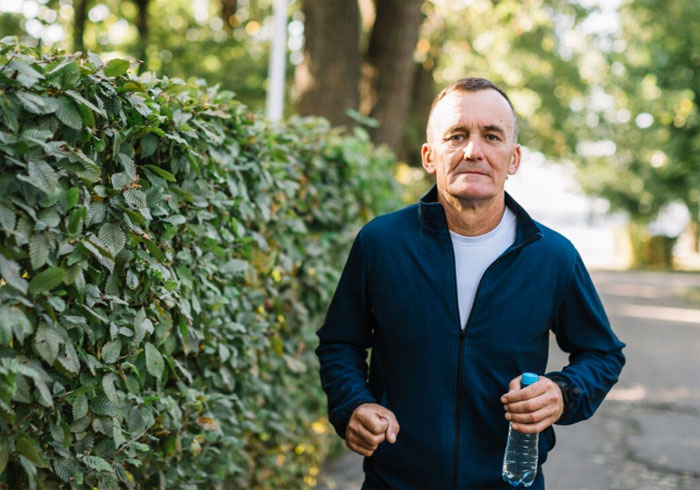
Every man's vitality hinges on a powerful hormone-testosterone. This key player fuels strength, energy, and resilience, acting as your body’s natural performance enhancer. But as years pass, hormone levels testosterone face a gradual retreat. Here’s how to fight back.
What Is Testosterone and Its Role in Men's Health?
Testosterone is the command center for male health. It builds muscle, sharpens focus, and fuels drive. Without it, your engine runs sluggish. Research shows optimal levels testosterone support:
- Muscle growth and repair
- Bone density and strength
- Mental clarity and mood stability
How Aging Affects Testosterone Levels
After 30, men face a hormonal disarmament. Testosterone decreases roughly 1–2% yearly post-40. By 60, muscle mass drops 3–5% per decade-accelerated by inactivity and plummeting hormone levels. This triple threat demands countermeasures:
- Strength training: Lifts testosterone naturally.
- Protein intake: Aim for 0.8–1.2g/kg daily to combat muscle loss.
Your mission? Deploy these strategies early to defend your health.
Key Differences Between Low T and Natural Aging
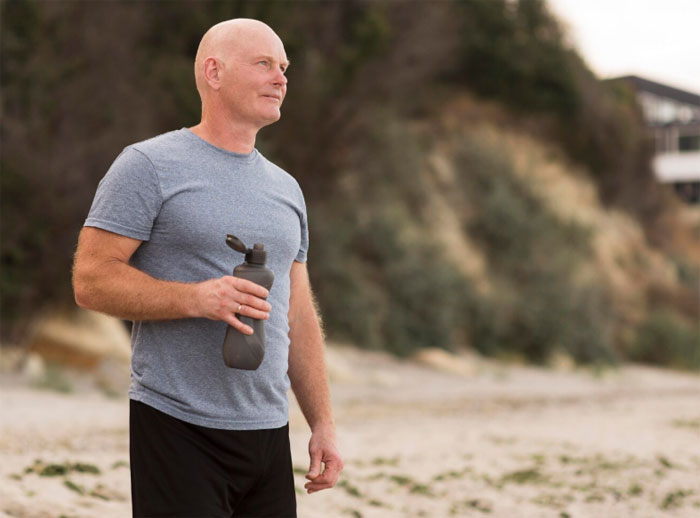
Distinguishing between normal aging and hormone deficiency requires tactical awareness. While both can sap vitality, hormonal imbalance demands targeted countermeasures. Here’s how to spot the enemy and mount your defense.
Symptoms Unique to Low T
Men may mistake these red flags for general wear and tear, but they signal deeper hormonal warfare:
- Fatigue that lingers despite solid rest-like a battery stuck at 10%.
- Unexplained weight gain, even when diet and exercise discipline hold the line.
- Mood trenches deeper than typical aging blues, with irritability or apathy as frequent saboteurs.
Symptoms Commonly Misattributed to Aging
Don’t surrender to the myth that these are inevitable:
- Memory lapses that compromise operational readiness-more than just misplaced keys.
- Strength depletion exceeding normal decline, turning stairs into uphill battles.
- Dwindling energy levels that no coffee raid can fix.
Arm yourself with knowledge. Testing hormone levels is your recon mission-don’t let aging take the blame for a fixable fight.
Symptoms of Low Testosterone

A testosterone deficit doesn’t just slow you down-it sabotages mission-critical functions. Your body’s warning signs range from physical fatigue to emotional trenches. Recognize them early to mount a counterattack.
Physical Symptoms
Your body fights a losing battle when hormones drop. Key red flags include:
- Energy crashes: Like a fuel leak, no amount of rest refills the tank.
- Muscle retreat: Strength fades even with disciplined training.
- Sleep sabotage: Insomnia or oversleeping-both disrupt recovery.
Emotional and Cognitive Symptoms
Testosterone governs mental resilience. A drop triggers:
- Morale collapse: Unexplained depression or anxiety ambushes your mindset.
- Neural fog: Memory gaps and concentration failures cripple decision-making.
- Personality shifts: Irritability fractures relationships-your squad deserves better.

Don’t let hormone drops dictate your performance. Testosterone isn’t just about strength-it’s your command center for total health.
How Low T Impacts Muscle Mass and Strength
Muscle mass isn’t just about looking strong-it’s your body’s frontline defense against weakness. When testosterone levels drop, your ability to build and maintain muscle takes a direct hit. This isn’t just about lifting heavier weights; it’s about preserving the power to live without limits.
The Science Behind Muscle Loss
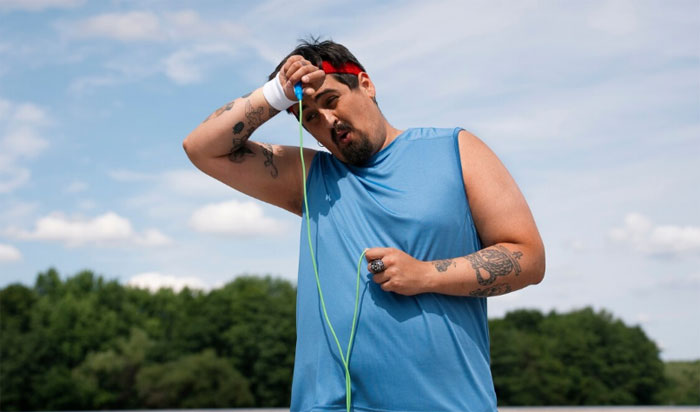
Testosterone fuels muscle repair and growth like a commander directing troops. Without it, protein synthesis slows, and your body struggles to rebuild after exertion. Research shows:
- Rapid atrophy: Hormone-deficient men lose muscle 2–3% faster annually.
- Recovery failure: Tears from workouts heal slower, weakening progress.
- Fat infiltration: Muscle tissue gets replaced by fat, reducing functional strength.
Comparing Age-Related Muscle Decline vs. Low T
Natural aging causes a 0.5–1% yearly muscle loss-a slow retreat. But with hormonal imbalance, the decline becomes a full-blown siege:
- Normal aging: Gradual strength reduction, manageable with training.
- Hormone deficit: Unexpected weakness, like your body’s power grid failing.
Counterattack strategy: Heavy resistance training boosts testosterone naturally. Squats, deadlifts, and presses are your battle plan to reclaim lost ground.
The Link Between Low T and Bone Health

Your bones are the framework of your strength-don’t let hormonal shifts weaken your foundation. When testosterone levels drop, your body’s ability to maintain bone density takes a hit. This isn’t just about avoiding fractures; it’s about preserving the structural integrity that keeps you battle-ready.
Osteoporosis Risk in Men
Think osteoporosis only targets women? Think again. Men with declining hormones face a 30% higher fracture risk after 50. Here’s why:
- Dual-action failure: Testosterone fuels osteoblasts (bone-building cells) while slowing osteoclasts (bone-breakers). Low levels disrupt this balance.
- Calcium sabotage: Without adequate hormone production, your bones absorb minerals inefficiently-like a fortress with crumbling walls.
How Testosterone Supports Bone Density
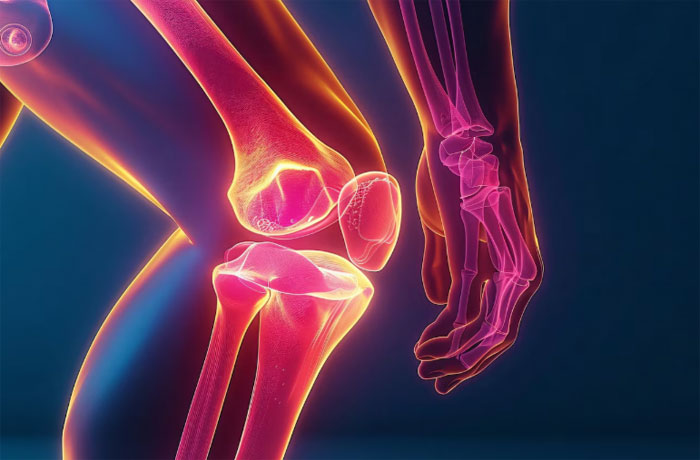
Your skeleton thrives on hormonal teamwork. Testosterone converts to estrogen via aromatase, creating a reinforcement system for bones. Key missions it accomplishes:
- Collagen matrix fortification: Strengthens the protein web that gives bones flexibility.
- Fracture repair boost: Accelerates healing by 20% in men with optimal testosterone levels.
Your mission: Reinforce your skeletal armor. Start with deadlifts and leafy greens-your bones will thank you.
Low T and Its Effects on Energy Levels
Energy is your battle currency-don’t let hormonal imbalances drain your reserves. While aging slows stamina naturally, a testosterone deficit turns fatigue into a relentless opponent. Recognize the difference to reclaim your vitality.
Fatigue vs. Normal Aging
Normal tiredness recovers with rest. Hormone-driven fatigue lingers like a stubborn fog. Key distinctions:
- Operational fatigue: Exhaustion after minimal effort, even with adequate sleep.
- Recovery failure: Naps or caffeine barely move the needle.
- Mental drag: Brain fog outweighs typical aging forgetfulness.
How to Combat Low Energy
Deploy these strategies to fortify your energy reserves:
- Strategic exercise: Compound lifts (squats, deadlifts) trigger testosterone and growth hormone synergy.
- Sleep ops: 7–9 hours in pitch darkness to maximize hormone production.
- Cortisol control: Stress shreds energy-meditation or zone-2 cardio keeps it in check.
Your mission: Treat energy like ammunition. Stockpile it wisely, and never let hormonal sabotage deplete your supply.
Weight Gain and Low Testosterone
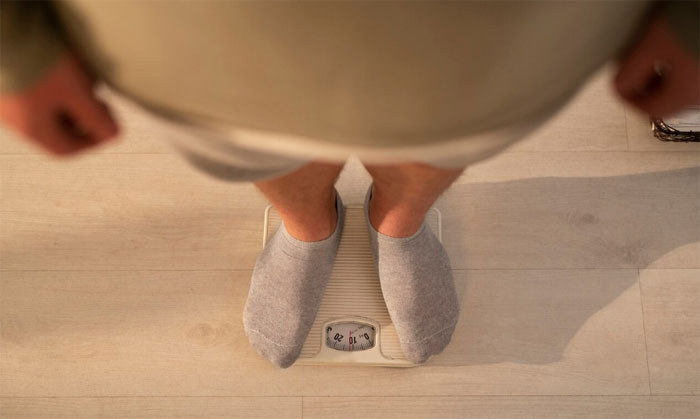
Excess weight isn’t just about calories-it’s a hormonal warzone. When testosterone levels drop, your body hoards fat like a bunker stockpiling supplies. Research shows 30% of overweight men struggle with hormonal imbalance, compared to just 6% at healthy weights. Time to reclaim your territory.
Why Hormones Hijack Fat Storage
A hormonal imbalance rewires your metabolism. Here’s how:
- Slowed fat burning: Your body clings to reserves instead of torching them for fuel.
- Muscle-to-fat shift: Lost muscle reduces calorie burn, creating a vicious cycle.
- Insulin resistance: Cells ignore signals to process sugar, storing more fat.
Strategies for Managing Weight
Fight back with these tactical maneuvers:
- Macronutrient deployment: Prioritize protein (1g per pound of body weight) to protect muscle.
- HIIT raids: 20-minute sprint intervals boost growth hormone by 200%.
- Cold exposure: 2 minutes of cold showers daily activates fat-burning brown adipose tissue.

Your ultimate weapon? Consistency. Hormones respond to disciplined action-start your counterattack today.
Mental Health and Low T
Your mind is your command center-don’t let hormonal imbalances disrupt its operations. Testosterone isn’t just about strength; it’s the backbone of mental clarity and emotional resilience. When levels drop, your brain’s mission-critical functions take hits you can’t ignore.
Depression and Anxiety: The Hormonal Link
Mood crashes aren’t always life stress-sometimes, hormonal sabotage is the enemy. Research shows testosterone supports:
- Neurotransmitter balance: Serotonin and dopamine production rely on healthy testosterone.
- Stress resilience: Low levels amplify cortisol’s damage, turning small setbacks into mental quicksand.
Memory and Concentration Under Fire

Your prefrontal cortex and hippocampus-the brain’s tactical HQ-need hormonal support. Declining levels cause:
- Neural lag: Slower recall and task-switching, like a glitching comms system.
- Focus fractures: Concentration drifts mid-battle, even with caffeine reinforcements.
Your mission: Fortify your mind. Start with deadlifts and salmon-your brain’s allies in this fight.
Causes of Low Testosterone
Hormonal sabotage doesn’t announce itself-it strikes silently, weakening your defenses. Whether it’s a system malfunction or external assaults, identifying the root cause is your first tactical move.
Primary vs. Secondary Hypogonadism
Primary hypogonadism means your testicles-the hormone HQ-fail to deploy. Causes include:
- Genetic defects: Like Klinefelter syndrome (extra X chromosome).
- Physical damage: Trauma, radiation, or infections (e.g., mumps).
Secondary hypogonadism signals a command-center breakdown. The pituitary gland or hypothalamus misfires due to:
- Pituitary tumors: Disrupting hormone orders.
- Obesity: Fat cells convert testosterone into estrogen, hijacking your reserves.
Lifestyle Factors Contributing to Low T
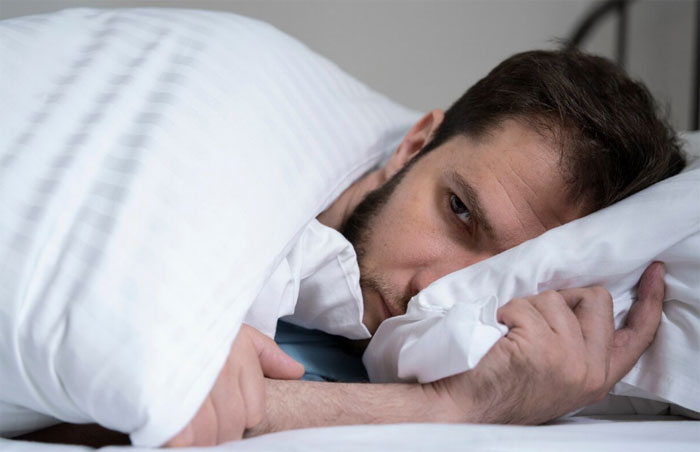
Your daily choices can be allies or saboteurs. These lifestyle factors triple the risk:
- Sleep deprivation: Under 5 hours nightly slashes testosterone levels by 15%.
- Nutritional gaps: Zinc and vitamin D shortages cripple production.
- Stress artillery: Chronic cortisol floods suppress hormone signals.
Your mission: Audit your lifestyle factors. Even small adjustments-like prioritizing sleep-can rally your hormonal troops.
Diagnosing Low Testosterone
Pinpointing hormonal imbalance requires more than guesswork-it demands precise medical intel. Symptoms alone won’t cut it; you need blood tests and expert analysis to confirm the mission-critical details. Here’s how to navigate the diagnostic battlefield.
When to See a Doctor

Don’t dismiss persistent fatigue or muscle loss as "just aging." Deploy a medical recon if you experience:
- Energy crashes that last weeks, not days.
- Unexplained weight gain despite disciplined nutrition and training.
- Mental fog thicker than typical forgetfulness.
Family history matters too. If relatives faced hormonal struggles, your risk doubles-time to fortify your defenses.
Tests and Measurements
Doctors use a two-test protocol for accuracy. Morning testosterone levels below 300 ng/dL plus symptoms signal a red alert. Expect these missions:
- Bloodwork reconnaissance: Total T, free T, SHBG, and albumin analysis.
- Pituitary assessment: Checks for tumors or signal failures.
- Comprehensive hormones panel (LH, FSH, prolactin).

Pro tip: Avoid carbs and stress before blood draws-they skew results. Your health intel must be razor-sharp.
Treatment Options for Low T
Combatting hormonal decline requires a strategic mix of medical and natural tactics. Whether you’re facing a steep drop or gradual retreat, these solutions can restore your testosterone levels and reignite your vitality.
Testosterone Replacement Therapy (TRT)
TRT is the special ops of hormonal restoration. Delivered via gels, injections, or patches, it directly replenishes testosterone levels. Key considerations:
- Medical oversight: Requires blood tests to fine-tune dosing.
- Side-effect recon: Potential for acne or sleep apnea-monitor closely.
- Mission success rate: 80% of men report improved energy and muscle mass.
Natural Ways to Boost Testosterone
Forge a stronger hormonal foundation with these natural ways boost testosterone:
- Nutritional reinforcements: Zinc (oysters, beef), vitamin D (sunlight, fatty fish), and ashwagandha root.
- Sleep optimization: 7–9 hours in total darkness spikes growth hormone by 200%.
- Stress reduction: Cortisol is the enemy-meditation or cold showers slash it by 25%.

Your move: Combine forces for maximum effect. Start with natural ways boost testosterone, then escalate to TRT if needed. Victory begins now.
Exercise and Its Role in Managing Low T
Your body is a fortress-strength training is the reinforcement it needs. When hormones dip, lifting weights becomes more than a workout; it’s a tactical mission to reclaim vitality. Research shows heavy lifts spike testosterone by 15–20% acutely, while chronic training improves hormone sensitivity. Your move? Deploy iron as your ally.
Best Exercises for Muscle Growth

Not all exercises are created equal. Focus on compound movements that trigger anabolic surges:
- Squats and deadlifts: Activate large muscle groups, flooding your system with growth signals.
- Bench presses and pull-ups: Combine pushing and pulling motions for balanced development.
- Overhead presses: Engage core stability while boosting upper-body muscle mass.
How Strength Training Combats Low T
Lifting does more than build muscle-it rewires your hormonal blueprint. Here’s the science:
- Androgen receptors multiply: Your body becomes more efficient at using available testosterone.
- Insulin sensitivity improves: Fewer blood sugar crashes mean steadier energy and fat loss.
- Metabolic furnace ignites: Muscle tissue burns calories 24/7, countering weight gain.
Pro tip: Lift heavy 3–4 times weekly. Your hormones respond to consistent, disciplined action-start your counterattack today.
Nutrition for Healthy Testosterone Levels
Your plate is your first line of defense in the hormonal battlefield. What you eat directly impacts testosterone production-either arming your body for victory or leaving it vulnerable. We’re deploying science-backed intel to fortify your nutritional strategy.
Foods That Boost Testosterone

These are your elite troops in the fight for hormonal balance:
- Grass-fed beef: Packed with zinc and saturated fats-critical building blocks for hormones.
- Oysters: One serving delivers 500% of your daily zinc needs, the mineral that commands testosterone synthesis.
- Egg yolks: Cholesterol-rich fuel for hormone production, plus vitamin D for added firepower.
Nutrients Essential for Hormonal Health
These nutrients are your covert operatives-silent but deadly effective:
- Vitamin D3 artillery: Sunlight’s weapon boosts testosterone by 20% in deficient men.
- Magnesium supply lines: This mineral keeps 300+ biochemical reactions running, including hormone regulation.
- Omega-3 anti-inflammatory ops: Flaxseeds and salmon reduce cortisol-testosterone’s sworn enemy.
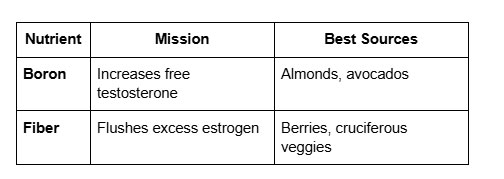
"Men with optimal vitamin D levels have 30% higher testosterone than deficient counterparts."
Journal of Clinical Endocrinology
Pro tip: Combine these nutrients strategically. A breakfast of eggs, spinach, and avocado covers zinc, magnesium, and healthy fats-your hormonal trifecta.
Sleep and Testosterone Production
Your nightly rest is more than downtime-it's hormonal repair time. During deep sleep, your body deploys testosterone reinforcements to maintain peak performance. Skimp on shut-eye, and you're essentially disarming your hormonal defenses.
The Importance of Quality Sleep

Not all sleep is created equal. Your most restorative stages-REM and slow-wave-are when 70% of daily testosterone production occurs. Here's why quality matters:
- Oxygen deprivation sabotage: Poor breathing reduces sleep efficiency by 40%, crippling hormone output.
- Cortisol surge ambushes: Fragmented sleep spikes stress hormones, which suppress testosterone.
- REM sleep disruption: Missing this phase cuts growth hormone by 30%-a critical ally.
How Sleep Apnea Affects Testosterone
Obstructive sleep apnea isn't just snoring-it's a silent hormonal siege. When breathing stops, your body panics:
- Oxygen drops trigger adrenaline surges, diverting resources from hormone production.
- Frequent awakenings fracture sleep cycles, preventing deep recovery stages.
- Studies show men with untreated apnea have 50% lower testosterone levels.

"CPAP users see testosterone rebound within 3 months-proof that oxygen is fuel for hormones."
American Journal of Respiratory Care
Your mission? Prioritize 7-9 hours of uninterrupted sleep. If you suspect obstructive sleep apnea, seek screening-your hormones are counting on it.
Preventing Low T as You Age

Your hormonal health is a fortress-reinforce its defenses before the siege begins. For men over 40, proactive measures are the difference between thriving and retreating. Annual monitoring testosterone levels becomes your reconnaissance mission, spotting threats early.
Lifestyle Changes for Long-Term Health
Your daily habits are either allies or saboteurs. Deploy these strategies to maintain hormonal dominance:
- Nutritional firepower: Zinc-rich foods (oysters, pumpkin seeds) and vitamin D3 (fatty fish, sunlight) fuel production.
- Stress discipline: Cortisol is the enemy-meditation or cold showers cut it by 25%.
- Exercise deployment: Heavy lifts (squats, deadlifts) spike growth hormone naturally.
Monitoring Testosterone Levels Over Time
Don’t wait for symptoms to strike. Establish a baseline with these protocols:
- Annual blood tests: Start at 40, or earlier if fatigue/muscle loss appears.
- Trend analysis: Track free and total testosterone to spot declines before they cripple performance.
- Intervention thresholds: Below 300 ng/dL with symptoms? Time for reinforcements.

"Men who track hormonal trends gain 5+ years of peak performance versus reactive responders."
Journal of Men’s Health
Conclusion
Your hormonal resilience defines your battle readiness-don’t let time erode it. Testosterone is your ally, but only if you defend its levels with disciplined action.
Deploy frontline strategies: lift heavy, eat clean, and prioritize sleep. For men over 40, annual blood tests are non-negotiable reconnaissance.
Victory hinges on early detection. Ignoring symptoms risks mission failure-fatigue, muscle loss, and mental fog are preventable. Your health deserves proactive command.
Stay fortified. Strength training and nutrient-dense foods fuel testosterone naturally. The path to longevity starts today-lock and load your defenses.
FAQ
What are the main signs of low testosterone in men?
You might notice fatigue, reduced muscle mass, weight gain, low libido, or mood swings. These symptoms often overlap with aging, but blood tests can confirm if your hormone levels are the cause.
How does aging naturally affect testosterone production?
After age 30, most men experience a gradual decline-about 1% per year. This natural drop differs from clinically low levels, which require medical attention.
Can exercise really help boost testosterone?
Absolutely. Strength training and high-intensity workouts stimulate natural hormone production. Compound lifts like squats and deadlifts are especially effective for maintaining muscle strength.
What foods support healthy testosterone levels?
Focus on zinc-rich foods like oysters, lean meats, and nuts. Healthy fats from avocados and olive oil also play a key role in hormone synthesis.
How does sleep impact testosterone?
Poor sleep-especially conditions like sleep apnea-can slash your levels by up to 15%. Aim for 7-9 hours of quality rest to optimize production.
When should I consider testosterone replacement therapy (TRT)?
If blood tests confirm low levels and lifestyle changes don’t resolve symptoms, TRT may be an option. Always consult a healthcare provider to weigh benefits and risks.
Can low testosterone cause depression?
Yes. Hormonal imbalances often contribute to mood disorders. Many men report improved mental clarity and emotional stability after addressing low levels.
What’s the link between testosterone and bone health?
Testosterone helps maintain bone density. Clinically low levels increase osteoporosis risk-another reason to monitor and address deficiencies early.





